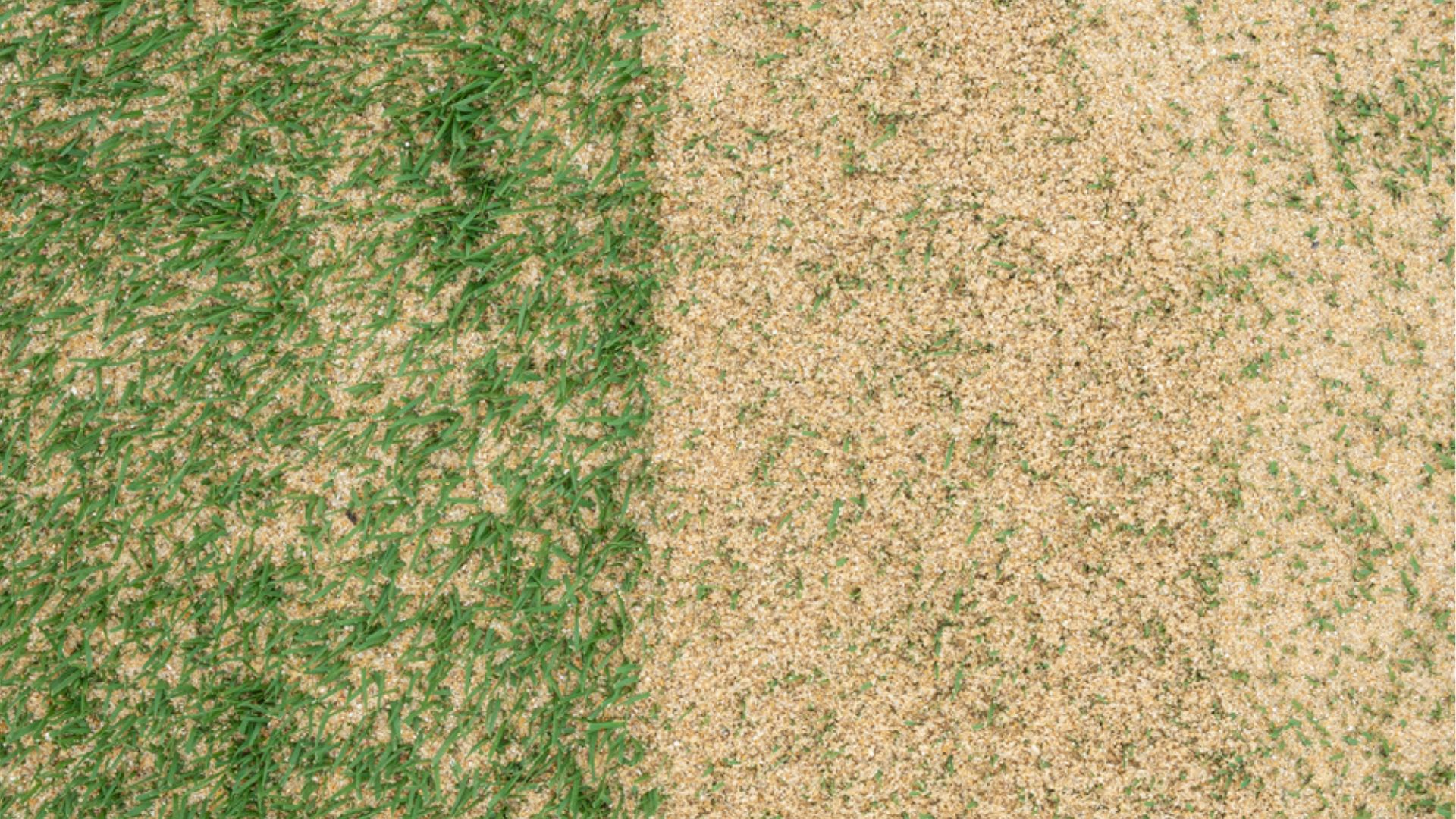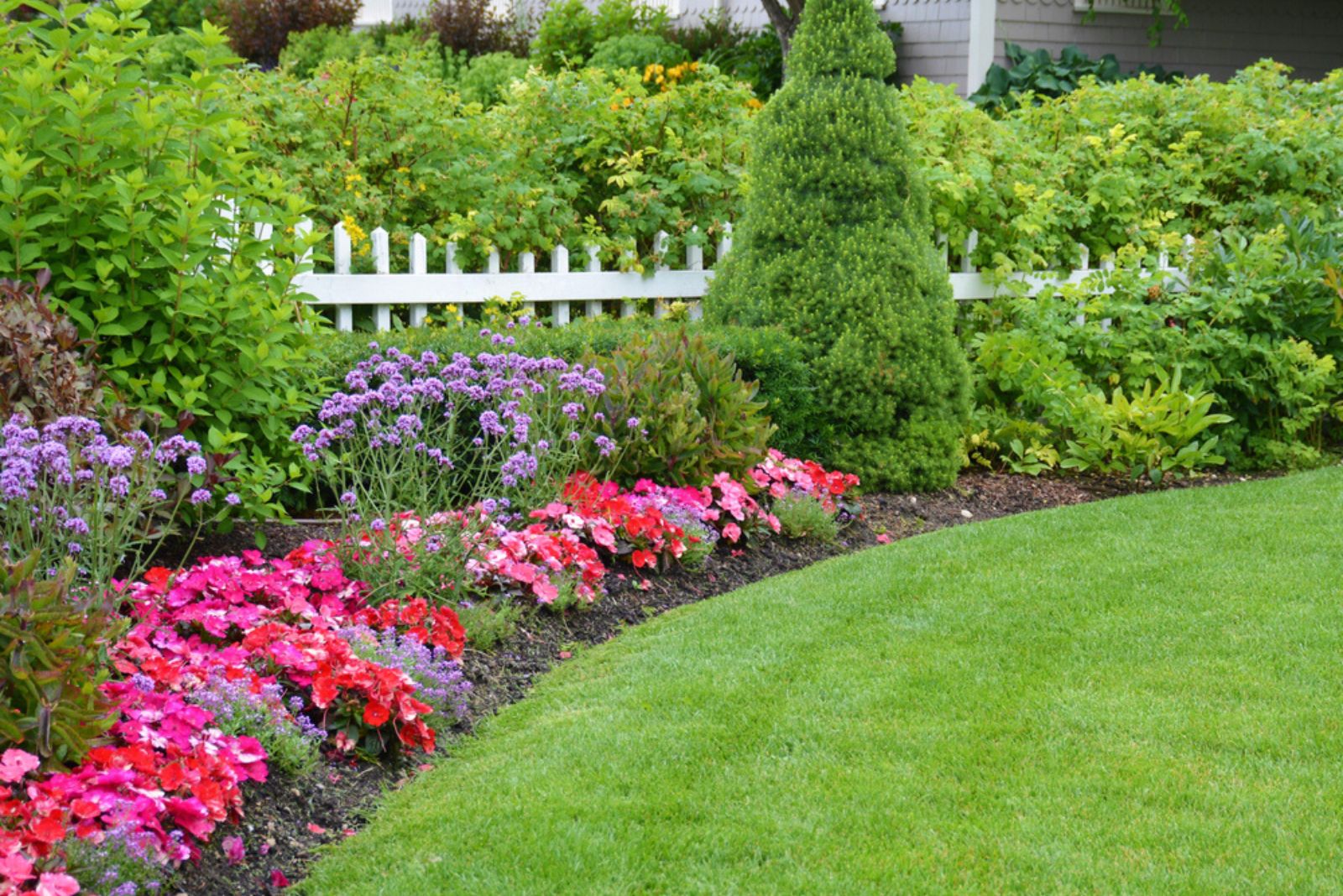Tired of your lawn feeling lackluster? Think outside the box – or should I say, outside the sandcastle!
Using sand on your lawn might sound like a desert dream, but trust me, it’s the secret to turning your yard into a robust green paradise.
This process can work wonders, helping to produce thicker, denser grass. Plus, when you apply fertilizer, a sanded lawn becomes a nutrient-absorbing machine.
Don’t have any doubts that you’re gonna succeed, as I’ve got you covered. Once you try out these techniques, I bet you’ll be wondering why you didn’t start even sooner!
Perfect Your Lawn With This 5-Step Method
For sand with added moss killer, I suggest letting your grass grow for at least three days before spreading.
Wait for a dry, windless day to apply the sand (you don’t want it to scatter or be washed away as soon as you apply it).
First, gather the equipment: a sturdy rake, an aerating tool (like a fork or roller), a spreader, and the perfect sand for the job.
Here are step-by-step instructions that’ll help you sand your lawn like a pro:
1. Begin by raking your lawn to clear away any thatch and moss.
2. Next, aerate the soil using either a rolling or forked tool.
3. If you’re planning to overseed, scatter the grass seed by hand or with a spreader.
4. Lightly distribute sand over the lawn surface, ensuring it’s evenly spread.
5. Finally, level out the sand and sweep it into the grass using a broom for a seamless finish.
By following the right steps and timing, you can improve soil drainage, prevent moss growth, and support overall grass growth and vitality.
No Moss And Better Drainage? Sign Me Up
Multiple perks come from incorporating sand into your lawn care routine!
These are the benefits I noticed (but if you spot anything else, please let me know):
• Drainage is top-notch – sand’s loose and grainy texture enhances soil drainage, especially beneficial for clay soils prone to waterlogging.
• No more fuss about moss – sandy soils create an inhospitable environment for moss growth, while some lawn sands contain added nutrients to boost grass growth and eliminate moss.
• Grass grows like crazy – after overseeding, sand aids in seed settling and germination, promoting healthy grass growth.
• Everything is leveled up – a smooth, even lawn surface is achieved by incorporating sand, providing added protection to your grass during the winter months.
Related: How To Maintain Your Lawn All Year Long
One Last Tip – Timing Is Everything
If you’re opting for chemical-free, washed sand, it can be applied year-round. However, for optimal results, apply it after aerating and seeding (typically in April-May or August-September).
I use sand with added nitrogen and iron, and what works best for my lawn is applying it between spring and summer, that is, during the grass’s growing season. I usually do it once or twice a year (if I feel like my lawn could use a little pick-me-up).
Avoid sanding during heat waves or very hot weather to prevent lawn scorching. After heavy rain is no good either because sand may be easily washed away.
Remember to choose the appropriate type of sand and apply it during favorable weather conditions for the best results.
With a little effort and know-how, you’ll soon be enjoying a sand-tastic lawn!
Also read: Kickstart Your Spring Lawn Watering Routine Right And Have The Healthiest Grass Ever


